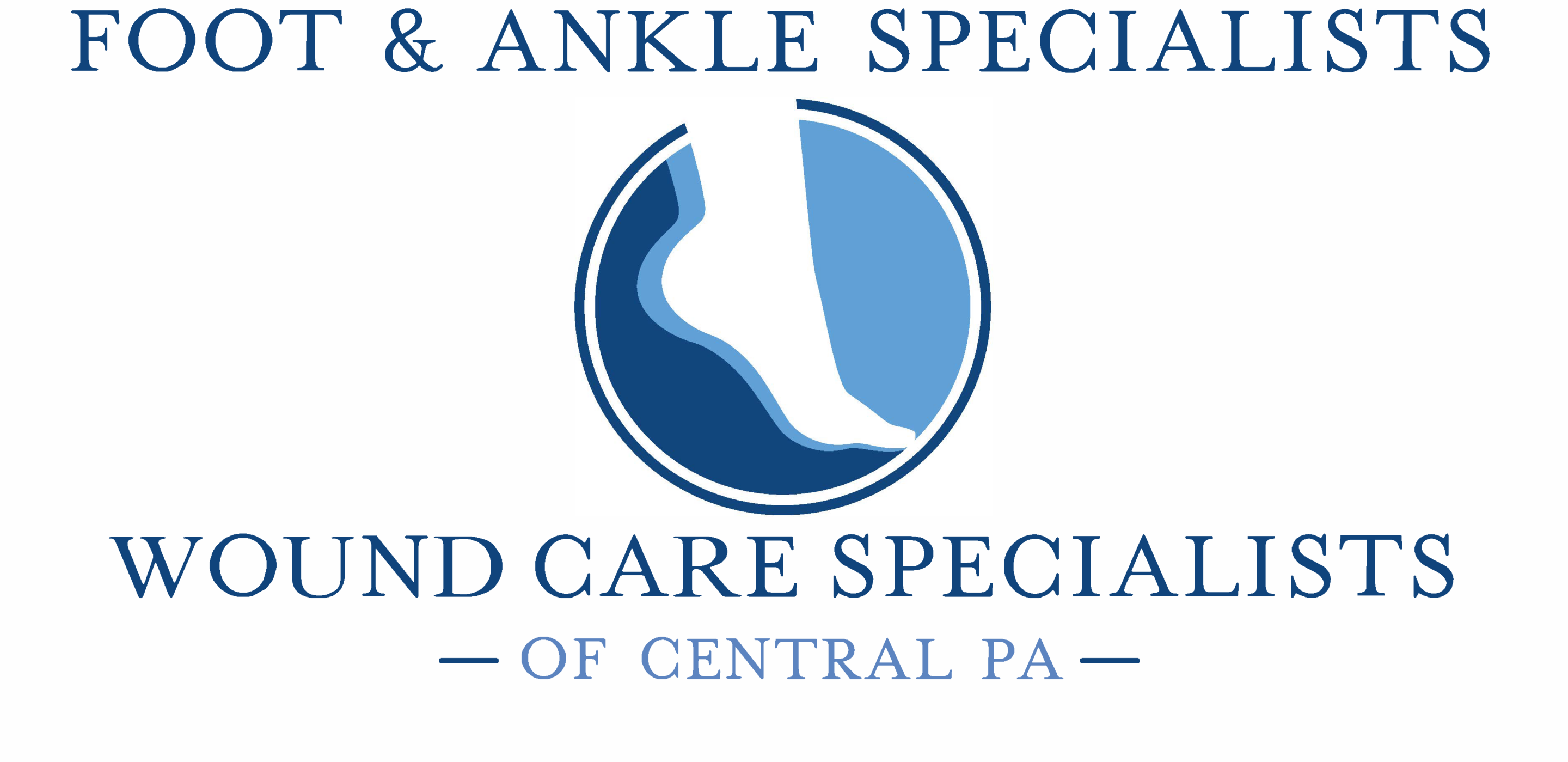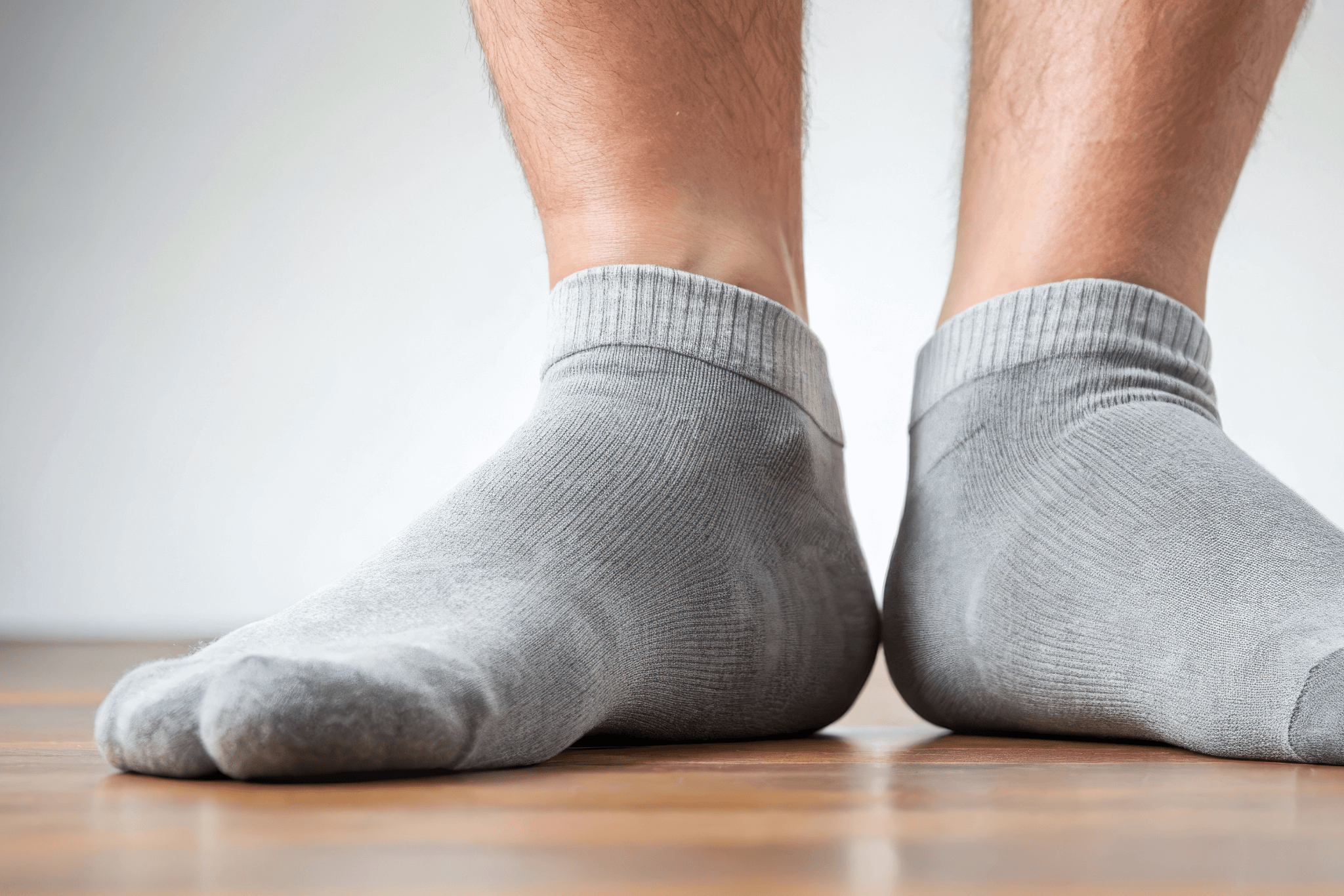Flat Feet
Flat feet, also known as fallen arches, occur when the arches of the foot are unusually low or completely absent. While some people with flat feet experience no symptoms, others may struggle with pain, fatigue, and limited mobility in their daily routines. In more severe cases, untreated flat feet can lead to long-term complications such as joint problems and altered walking mechanics.
Early diagnosis and targeted treatment are key to preventing these issues and improving quality of life. At Foot and Ankle Specialists of Central PA, our experienced podiatrists provide comprehensive care for patients with flat feet, helping you move more comfortably and confidently.
What Are Flat Feet?
Flat feet refer to a condition where the arch on the inside of the foot flattens out, causing the entire sole to touch the ground. This can occur in one or both feet and may be more noticeable when standing or walking.
There are two main types of flat feet. Flexible flat feet maintain a visible arch when the foot is not bearing weight, but the arch disappears when standing. In contrast, rigid flat feet lack an arch in all positions, often leading to more pronounced symptoms.
Flat feet may be present from birth or develop later in life due to aging, injury, or lifestyle factors. Identifying the type and underlying cause of the condition is essential for determining the most effective treatment plan.
Recognizing the Symptoms of Flat Feet
For many individuals, flat feet can cause discomfort that interferes with daily activities. Common signs include:
- Pain in the arch, heel, or ankle
- Swelling along the inner foot or ankle
- Difficulty standing for extended periods
- Fatigue or imbalance while walking
- Uneven wear on shoes or noticeable changes in gait
Even if flat feet aren’t currently causing discomfort, the condition can gradually contribute to other musculoskeletal issues if left untreated.
What Causes Flat Feet?
Flat feet can arise from a variety of causes. For some, it’s simply a matter of genetics—the condition runs in families and may be present from a young age. In others, trauma such as fractures or ankle sprains can damage the supporting structures of the foot.
As we age, the tendons and ligaments that support the arch may weaken, leading to fallen arches. Additionally, certain health conditions—including obesity, rheumatoid arthritis, and diabetes—can place added strain on the feet and increase the risk of developing flat feet over time.
Diagnosing Flat Feet
A thorough evaluation from a foot and ankle specialist is essential to accurately diagnose flat feet and determine the appropriate treatment. During the exam, your doctor will assess your feet while you’re sitting, standing, and walking to observe how your arches function.
Advanced diagnostic tools such as X-rays help evaluate bone alignment, while gait analysis reveals abnormalities in how you walk. In complex cases, MRI or CT scans may be used to examine soft tissue damage or structural issues that require surgical consideration.
Effective Treatments for Flat Feet
Non-Surgical Solutions
In many cases, flat feet can be managed successfully without surgery. Custom orthotics are often prescribed to provide arch support and reduce strain on the foot. These personalized devices can significantly improve alignment and comfort during daily activities.
Physical therapy plays a crucial role in strengthening the foot and leg muscles, enhancing flexibility, and minimizing pain. Our podiatrists may also recommend supportive footwear to improve stability and reduce pressure on the arch. Inflammatory symptoms can be addressed with medication as needed.
Surgical Intervention
When conservative treatments aren’t enough, surgery may be considered. Flat foot reconstruction surgery involves reshaping the arch and repairing or tightening damaged ligaments and tendons. For certain patients, tendon transfer surgery can restore strength and stability by repositioning tendons from other parts of the foot.
Post-surgical rehabilitation is tailored to each patient, with recovery times depending on the severity of the deformity and the procedure performed.
Living with Flat Feet: Pain Relief and Mobility Tips
With the right approach, most individuals with flat feet can lead active, pain-free lives. Maintaining a healthy weight is one of the most effective ways to reduce pressure on your arches. Incorporating daily foot stretches and strengthening exercises can also improve foot function and prevent discomfort.
Simple lifestyle adjustments—such as modifying high-impact activities and choosing supportive footwear—can go a long way in protecting your feet and preventing long-term issues.
Why Choose Foot and Ankle Specialists of Central PA?
At Foot and Ankle Specialists of Central PA, we’re dedicated to helping patients of all ages find relief from flat feet and other foot-related conditions. Our experienced podiatrists specialize in diagnosing and treating flat feet using the latest diagnostic tools and advanced treatment techniques.
We take a personalized approach to care, ensuring that every treatment plan reflects your symptoms, lifestyle, and long-term goals. Whether you’re seeking pain relief or surgical correction, our team is here to support you every step of the way.
Schedule Your Appointment Today
Don’t let flat feet hold you back from enjoying an active lifestyle. Schedule your appointment today at Foot and Ankle Specialists of Central PA for a comprehensive evaluation and expert treatment plan. Let’s get you back on your feet—pain-free and confident.


